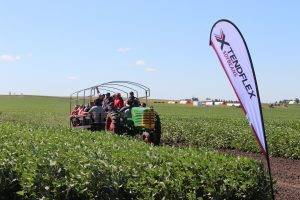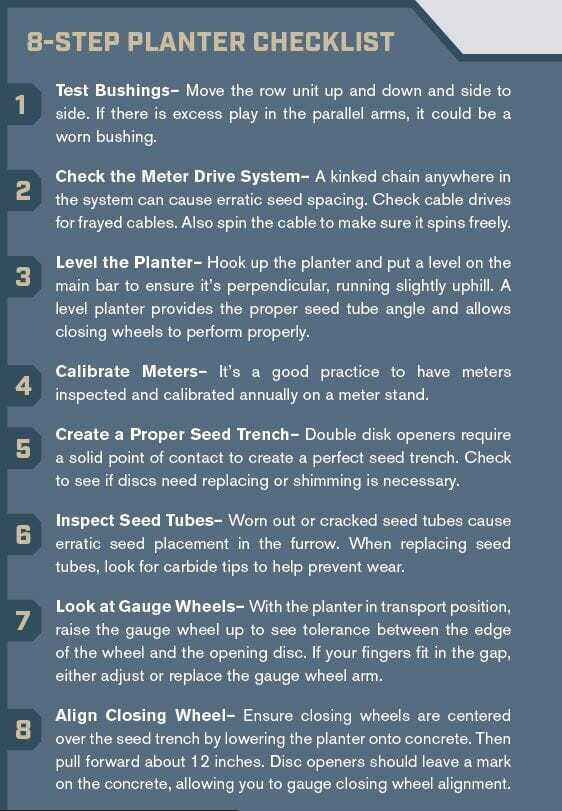-
Latham Hi‑Tech Seeds
Effects of Early Planting
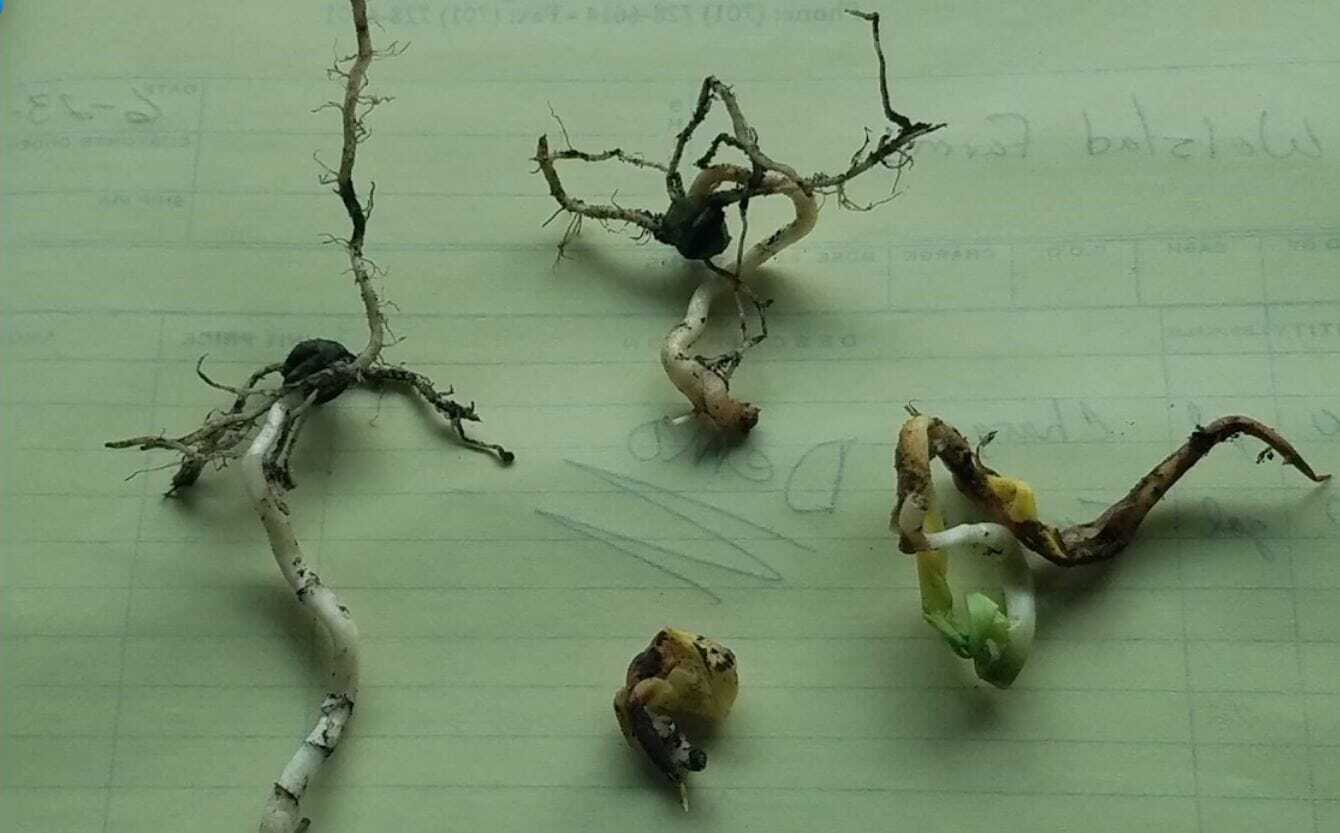 Do cool soils affect corn or soybeans more? Tune in as Phil Long discusses how cold temps affect corn and soybeans differently. #LathamSeeds0:12 — Welcome & topic introduction2:00 — Days to emerge5:50 — Corn cold injury potential8:15 — Soybean cold injury potential10:35 — Forecast of opportunity
Do cool soils affect corn or soybeans more? Tune in as Phil Long discusses how cold temps affect corn and soybeans differently. #LathamSeeds0:12 — Welcome & topic introduction2:00 — Days to emerge5:50 — Corn cold injury potential8:15 — Soybean cold injury potential10:35 — Forecast of opportunity -
Latham Hi‑Tech Seeds
Update on XtendFlex® Soybeans
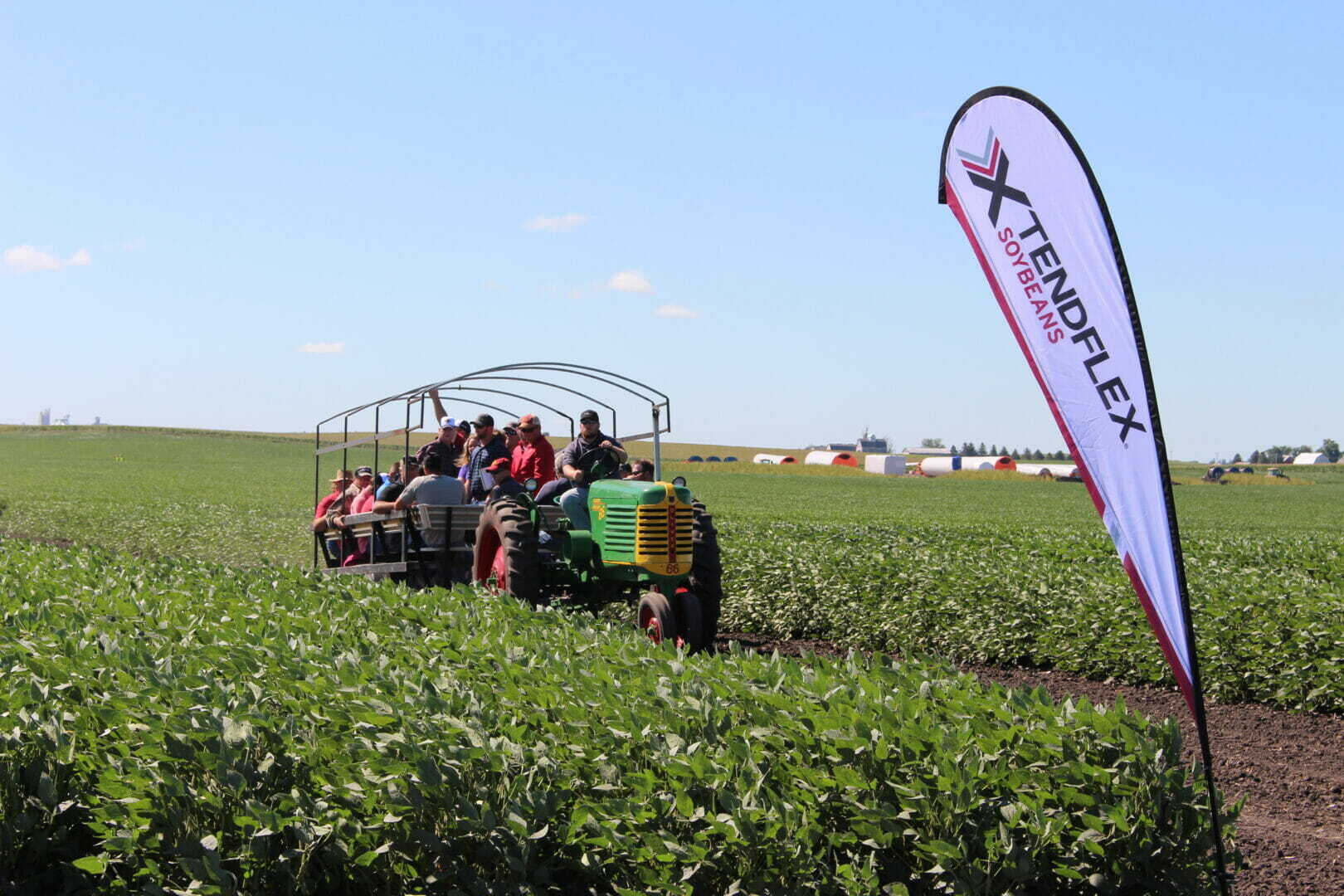
Reports from around the seed industry indicate that Bayer CropScience is close to being granted approval for its new XtendFlex® soybean system. This new technology will be the first triple-stack soybean trait with tolerance to glyphosate, dicamba and glufosinate (Liberty®) herbicides. Pre-launch ads from Bayer cite advanced genetics and greater flexibility for weed management options.
Latham Hi‑Tech Seeds in 2019 was granted a sneak peak of six XtendFlex soybeans at our research farm near our headquarters in Alexander, Iowa. This test was conducted under the guidelines of an EPA-stewarded trial where the resultant soybean crop was harvested for data purposes but was then destroyed, so it could not reach the global supply chain.
The six soybeans we tested ranged from 1.9 to 3.0 in maturity and were compared to 14 soybeans that were in our lineup at that time. The test was split by herbicide tolerance. The same six XtendFlex lines were tested against 14 Liberty-tolerant products, including Enlist E3™, straight LibertyLink® and LLGT27™. They were also tested against 14 soybeans that were all tolerant to glyphosate: Roundup Ready® 2 Yield (RR2Y), Roundup Ready® Xtend®, Enlist E3 and LLGT27.
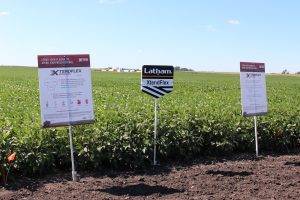 On the Liberty side of the test, the six XtendFlex soybeans ranged in yield from 56.75 to 65.74 bushels per acre (bu/A) where the 14 current products went from 47.11 to 67.90 bu/A. The overall yield average of XtendFlex soybeans was 60.58 whereas the current products averaged 60.30 bu/A.
On the Liberty side of the test, the six XtendFlex soybeans ranged in yield from 56.75 to 65.74 bushels per acre (bu/A) where the 14 current products went from 47.11 to 67.90 bu/A. The overall yield average of XtendFlex soybeans was 60.58 whereas the current products averaged 60.30 bu/A.On the glyphosate-tolerant side of the trial, the yield of XtendFlex products ranged from 55.84 to 64.13 bu/A; the average yield was 61.67 bu/A. The yield of current products ranged from 54.70 to 69.37 with an average of 62.33 bu/A. NOTE: Due to late planting and other environmental factors, the later-maturing soybeans (2.8 to 3.0) in both sides of the trial struggled to reach full maturity and really suffered from a yield standpoint.
In general, I am pleased with the results of this trial. This was one location for only one year, but it did tell us that the first wave of the XtendFlex products tested in 2019 performed very well.
Pending full approval, there should be some very solid lines available for Latham farmer-customers for 2021 commercial planting! The last hurdle for full global approval of XtendFlex soybeans is the European Union at press time of this article. Bayer is optimistic this will be resolved in time for planting. We’ll keep you posted when we know more about this exciting new technology!
-
Latham Hi‑Tech Seeds
Ask The Agronomist: SCN & SDS
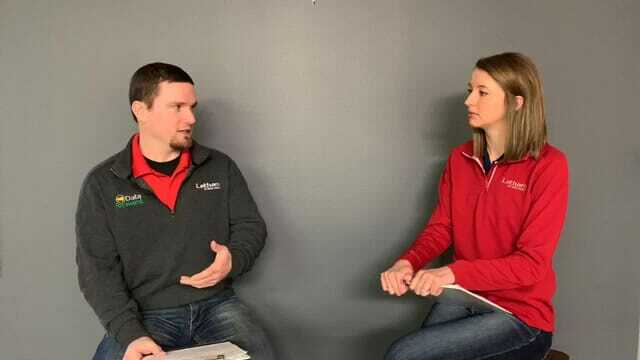
Join us live this morning as we discuss how to plan for Soybean Cyst Nematodes and Sudden Death Syndrome this spring. #AskTheAgronomist
0:45 Topic introduction
1:41 SCN economic impact
3:01 SDS economic impact
3:36 Managing SCN & SDS
7:50 Data Forward Program can help -
Latham Hi‑Tech Seeds
Focus on Achieving Even Emergence for Maximum Yield
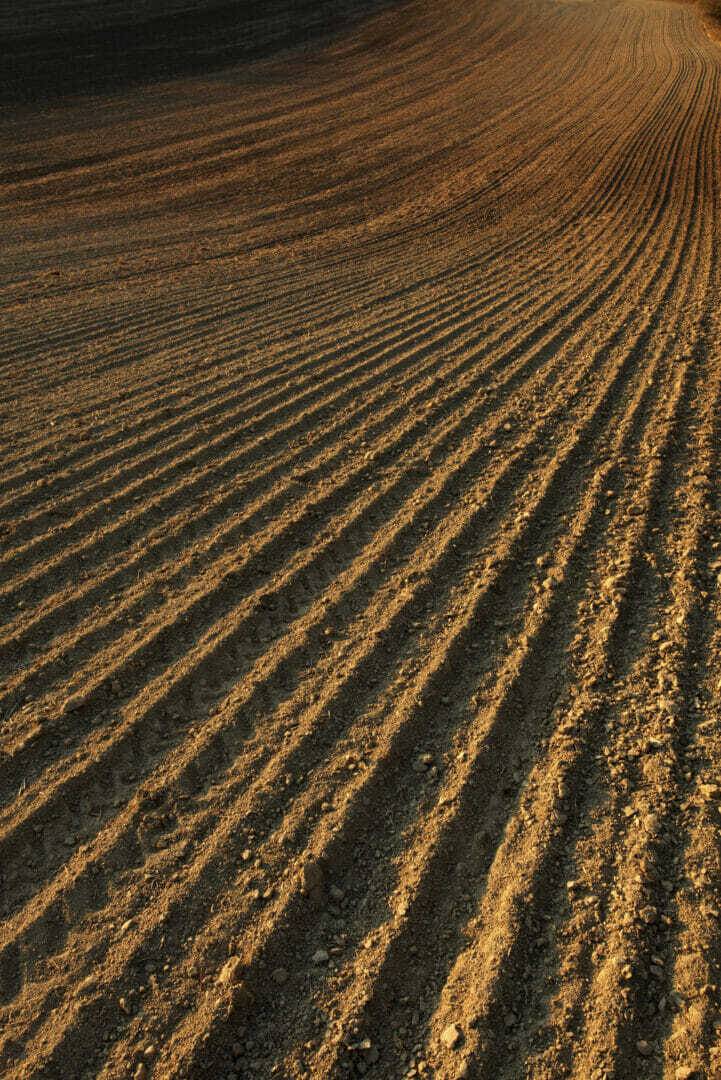
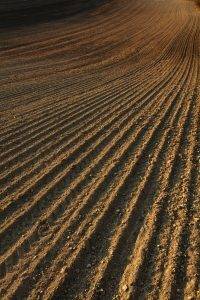
By Darin Chapman, Precision Agronomy Advisor
The cost of achieving uniform emergence is a complicated one as achieving uniform emergence is dependent upon receiving adequate moisture, heat units and proper seed-to-soil contact.
If you’ve struggled with achieving uniform emergence, there are three key areas on which to focus. Start at the front of the planter and work your way back:
1. Look at the row cleaners. Assure the planter is clearing trash as it moves through the field.
2. Next, check the downforce to make sure that seeds are being placed at a consistent seed depth across your field. Take the time to dig in the trench behind the planter, which is important but often overlooked.
3. Maintaining consistent seed-to-soil contact and proper closing of the seed trench is vital.
There are many options to control these aspects at varying levels of cost. Look at your own operation and balance the improvements you desire with the potential return on investment. Below are options to consider for even emergence:
· Tillage Practices– Prepare an optimal seed bed.
· Residue Management– Move residue, not topsoil.
· Planter Row Unit Maintenance– Use an annual planter checklist. (See sidebar below.)
· Planter Downforce– Look at planter upgrades for the best down and lift force option for your operation. In certain cases, lift force versus downforce is more beneficial.
· Seed Settlement– Make sure seed is reaching the bottom of trench for seed-to-soil contact.
· Closing the Trench– Confirm the closing system is doing its job to close the trench; make certain there are no air pockets.
Non-uniform stands result in lower yields because the smaller plants that emerge later cannot capture enough sunlight. Without even emergence, your work to achieve even seed spacing and singulation is in vain. The extra time spent now on planter maintenance will be worth it come spring planting.
Contact your Latham Precision Agronomy Advisor to take a deeper look at your operation now. We’re here to help you achieve better emergence.
-
Latham Hi‑Tech Seeds
#AskTheAgronomist: Talc USA Benefits

Is talc worth it? Phil Long reviews real benefits of our Talc USA line and research from our test at Alexander. #LathamSeeds
0:40 — Topic Introduction
1:30 — The importance of talc
3:10 — Why Talc USA?
4:30 — Talc study at Latham Seeds
7:00 — How to incorporate Talc USA products on you farm -
Latham Hi‑Tech Seeds
RR2 Xtend® System for 2020
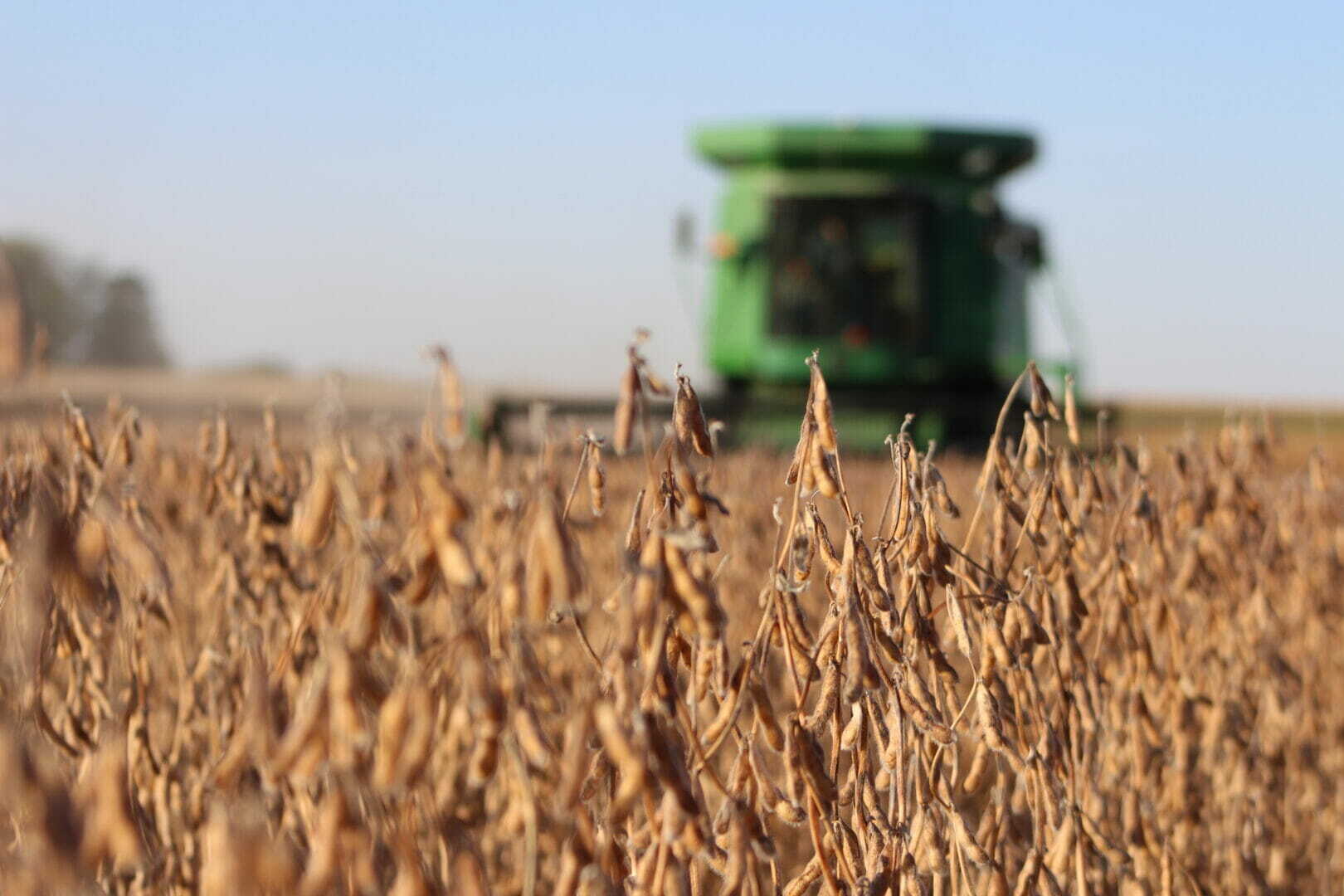
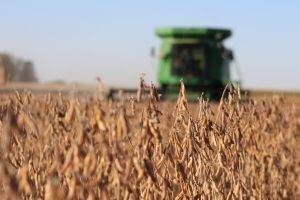 Bayer CropScience has announced a special herbicide program for 2020 to be used on RR2 Xtend soybeans. Called the “Spray Early with Confidence Program,” it is designed to help farmers planting Xtend soybeans to gain an upper hand on weed management.
Bayer CropScience has announced a special herbicide program for 2020 to be used on RR2 Xtend soybeans. Called the “Spray Early with Confidence Program,” it is designed to help farmers planting Xtend soybeans to gain an upper hand on weed management. There are two strategies farmers can use to qualify. A brief summary of the program is as follows:
Strategy #1 (Preferred Option):
- Start Clean– Use tillage or the appropriate burndown herbicides.
- Pre-emergence Application– Use a qualifying residual herbicide within two weeks before planting or prior to soybean emergence to control broadleaf weeds.
- Post-emergence Application– Make a post-application when weeds are less than 4 inches tall and within 30 days after planting soybeans. Application should include: Warrant® Herbicide (3-4 pts) or Warrant Ultra Herbicide (50 fl oz) + Roundup PowerMAX® herbicide or Roundup WeatherMAX® herbicide (32 fl oz) + XtendiMax® herbicide with VaporGrip® Technology (22 fl oz) + an approved drift reduction agent at labeled rate.
Strategy #2 (Alternative Option):
- Start Clean– Use tillage or the appropriate burndown herbicides.
- Pre-emergence Application– Make an application that includes: XtendiMax with VaporGrip Technology (22-44 fl oz) + Warrant Herbicide (3-4 pts) + Metribuzin at planting or as soon as possible after planting but prior to soybean emergence. Include Roundup PowerMAX herbicide or Roundup WeatherMAX herbicide in minimum-till and no-till situations.
- Post-emergence Application– Make a post-application when weeds are less than 4 inches tall and within 21 days after soybean emergence. Application should include Roundup PowerMAX herbicide or Roundup WeatherMAX herbicide (32 fl oz) + Warrant Ultra Herbicide2 (50 fl oz).
Before using either of these strategies, farmers will want to consult with their local ag chemical suppliers. If a farmer experiences less than commercially acceptable weed control, Bayer will provide up to $15 per acre for a second post-emerge application.
We still have a good supply of Xtend soybeans available for 2020 planting! These Latham Ironclad™ Xtend soybeans have the outstanding defensive packages along with top-end yield: L 3197 R2X, L 2887 R2X, L 2682 R2X, L 2384 R2X, L 2184 R2X, L 1948 R2X, L 1769 R2X, L 1482 R2X and L 0739 R2X.
Other top-performing Xtend products from Latham include: L 0124 R2X, L 0282 R2X, L 0553 R2X, L 0883 R2X, L 2159 R2X, L 2295 R2X, L 2549 R2X and L 3394 R2X.
Tech sheets for each product are available on LathamSeeds. com. Remember, it’s always best to plant a package. Contact your local Latham rep to select the best Xtend soybean for your fields. Selecting seed field-by-field yields!
-
Latham Hi‑Tech Seeds
How Conservation Can Ready Soils for Planting After Tough Weather
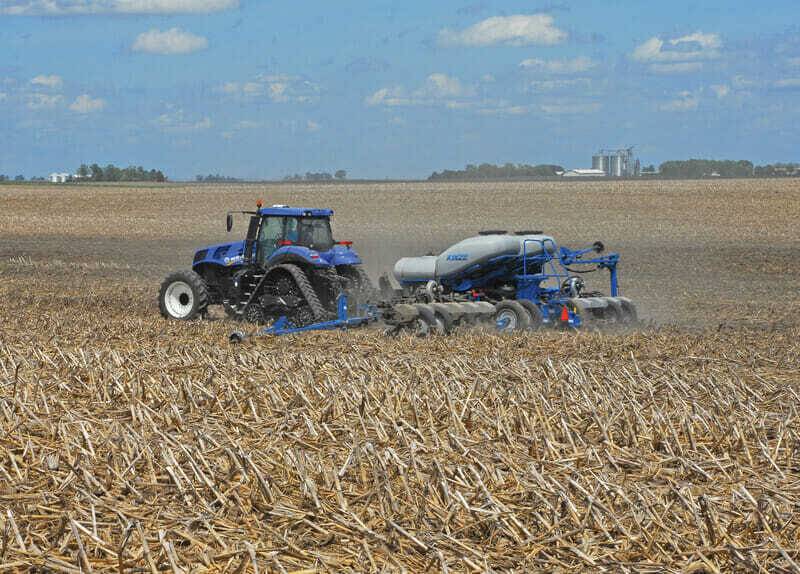

Photo Credit: Darrel Smith On his Ethan, South Dakota farm, Matt Bainbridge planted just 15% of his acres in 2019—the rest were swallowed up by prevent plant. That’s the most prevent plant acres he’s ever had, and it turned all his careful pre-season planning upside down.
For the 2019 planting season, farmers in the Midwest were no stranger to the crippling impacts of heavy rainfall, flooding and unseasonable temperatures on crop yields. May 2018 to April 2019 was the wettest 12-month period ever recorded in United States history, according to the National Oceanic and Atmospheric Administration.
Estimates from the American Farm Bureau Federation find there were 20 million acres of prevent plant across the U.S. in that same time.
South Dakota was at the epicenter of the record-breaking planting season, bearing the brunt of the devastating spring weather with 2.9 million corn acres and 867,000 soybean acres of prevent plant. For Bainbridge, the season brought immense challenges he worked to overcome.
“Our production plan changed so many times during the season it was almost hard to remember the original plan,” Bainbridge said. “The chemical plan was completely changed to try managing very big weeds by the time we could spray.”
Due east and across the Mississippi River, Dan Erickson was combatting similar issues when planting corn in Altona, Ill. Though planting was extremely late, Erickson was fortunate to not have had any prevented plant acres.
“Our main problem was with saturated soil, and the cooler temperatures made this an issue,” Erickson said. “We had very poor stands in the early planted corn and ended up replanting about 20%.”
While South Dakota led the nation with the most prevented plant acres, Illinois was severely reduced with 1.5 million acres lost to the unseasonable weather. For Erickson, challenges during planting season carried into harvest and even today threatens outcomes for the spring 2020 planting season.
“Harvesting was finished so late that we didn’t really get any field work done to eliminate any compaction problems we created during the spring,” Erickson said.
Conservation readies soil for 2020
For both Erickson and Bainbridge, conservation practices have offered solutions for the challenges of 2019 and hope for 2020.
“We were able to plant most of our acres to cover crops,” Bainbridge said. “We ran the air seeder every month from April to October trying to grow anything to cover the soil and use some moisture.”
Cover crops helped him reduce weed pressure in addition to diminishing soil erosion from wind and rainfall. In addition, cover crops protect fields from fallow field syndrome, which can have damaging effects on microbe populations in the soil.
Conservation practices – ranging from cover cropping to no-till – are offering farmers significant monetary savings.
“With evidence we have, the no-till system can not only increase productivity and profit in a sustainable manner but is useful to repair damages caused by the past,” says Roberto Peiretti, founder of the Argentinian no-till farmers association and co-founder of Bioceres. “The ability [of this system] is beyond just sustainability.”
A report headed by the Iowa Soybean Association found adopting no-till and strip-till creates savings of $10 to $88 per acre compared to regular tillage. Expenses attributed to pesticide inputs were also much lower for farmers using no-till. If half of Iowa’s regularly tilled acres switched to no-till or strip-till it would save farmers $265 in equipment and fuel costs.
Bainbridge and his family have been using no-till conservation practices for 30 years. For Erickson, holding off on spring tillage has allowed his soils to drain better.
“We have to improve the capturing efficiency of rainfall,” Peiretti says. “With no-till, water runoff is much less in no-till and infiltration is higher.”
In a year such as 2019, better infiltration was the difference for many in planting or taking prevent plant. While you can’t beat Mother Nature, you might be able to hedge your bets in the future through sustainable practices.
-
Latham Hi‑Tech Seeds
#AskTheAgronomist: Data Forward App Release
 Our Data Forward app is now available! Tune in to hear three highlights on this program!0:22 — Topic Introduction0:50 — What is Data Forward?1:50 — Our Latham Led Approach2:50 — Program Independence3:40 — Program Transparency4:50 — What are quality insights?6:03 — Acre by acre management
Our Data Forward app is now available! Tune in to hear three highlights on this program!0:22 — Topic Introduction0:50 — What is Data Forward?1:50 — Our Latham Led Approach2:50 — Program Independence3:40 — Program Transparency4:50 — What are quality insights?6:03 — Acre by acre management -
Latham Hi‑Tech Seeds
Now Available: Latham Seeds Data Forward™ App

Quality is a word by which we’ve measured our work − from product selection to service − for more than 70 years.
For us, quality data means more than just collecting and reflecting on last year’s results. It’s moving your Data Forward by understanding how technology in the cab and data layers can be put to work on your farm for maximum profit per acre. We believe your data can be the foundation to drive decision making and keep your farm sustainable.
We are excited to expand our quality offerings at Latham Seeds with our NEW Data Forward App!
Our Latham led personal approach helps utilize your current data to see more profit. Our advisors will conduct a data quality analysis of your current data; clean and organize each layer of data; and share results and recommendations with you.
Benefits include:
- Data Organization. Our advisors work to collect and update your data into our user-friendly, mobile system.
- Yield Analysis & Insights tailored to your farm. An example of this is analyzing yield to understand optimal seeding rate for each hybrid on your fields.
- Testing and Trials to determine what’s best for your fields. Evaluate ROI on a variety of products such as TALC and seed treatment.
Contact your Latham Seeds Sales Representative Latham’s Precision Agronomy Advisors Phil Long or Darin Chapman at 1.877.GO.LATHAM to get started.
-
Latham Hi‑Tech Seeds
#AskTheAgronomist: Sulfur & Soybeans
 Are you looking for the next step in your soybean yield? Tune in for discussion on sulfur and soybeans! #AskTheAgronomist0:20 – Topic introduction1:25 – The role of sulfur3:50 – How soybean plants respond to sulfur6:50 – Recommended sulfur forms8:50 – Final thoughts
Are you looking for the next step in your soybean yield? Tune in for discussion on sulfur and soybeans! #AskTheAgronomist0:20 – Topic introduction1:25 – The role of sulfur3:50 – How soybean plants respond to sulfur6:50 – Recommended sulfur forms8:50 – Final thoughts
